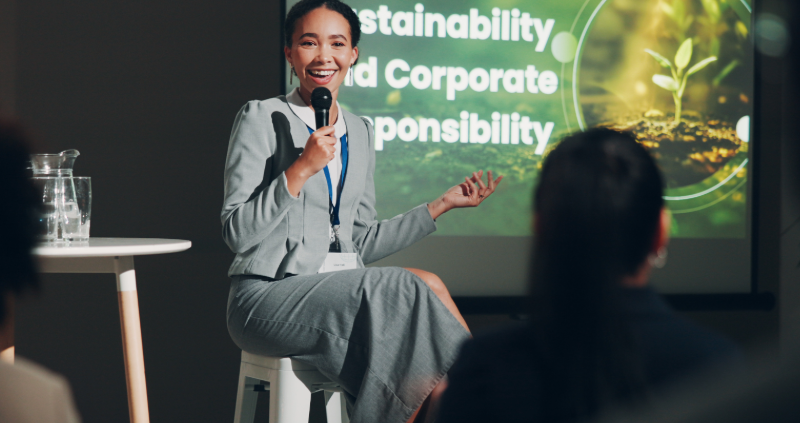2025: a defining year for corporate sustainability
Introduction
The year 2025 is shaping up to be pivotal for global sustainability. Governments, businesses, and communities are at a crossroads: intensify efforts to reduce environmental impact or face increasingly severe consequences of climate change.
Innovative strategies such as carbon markets and regenerative agriculture are emerging as practical solutions to tackle these challenges. In this article, we explore why 2025 is a critical year for sustainability and how businesses can lead the charge.
Carbon Markets: A Game-Changer for Sustainable Businesses
Carbon markets offer a powerful mechanism to incentivize global emissions reductions. However, their success hinges on the transparency and quality of the projects they support.
🔑 Key Insight: Well-regulated carbon markets have the potential to accelerate the transition to low-carbon economies, provided they are underpinned by rigorous certifications and continuous monitoring.
📌 According to the Wall Street Journal, 2025 will mark a turning point as carbon markets mature to deliver tangible benefits for both the climate and local communities.
ESG Regulations: Challenges and Opportunities for Businesses
Europe is set to introduce new environmental, social, and governance (ESG) regulations aimed at standardizing sustainability practices and reporting. While these requirements might seem burdensome, they represent a unique opportunity to redefine how businesses contribute to global sustainability.
What this means for businesses:
- Enhanced transparency in environmental reporting.
- Strategic investments in certified projects, such as carbon farming.
- Increased trust from consumers and investors.
ESG regulations are not just about compliance—they signal a paradigm shift toward a more sustainable and accountable economy.
Regenerative Agriculture: The Heart of Sustainable Progress
Carbon farming and regenerative agriculture are pivotal solutions for combating climate change. These practices not only enhance soil health and sequester CO₂ but also strengthen the resilience of rural communities.
📌 Why It Matters:
As highlighted by the Wall Street Journal, 2025 will see a growing adoption of solutions that blend environmental sustainability with economic benefits for local communities.
Regenerative agriculture is more than a conservation tool—it’s a concrete opportunity for businesses to create a positive and measurable impact.
A Collective Commitment to the Future
Sustainability is not an isolated goal; it requires a collective effort. Every step toward responsible practices is an investment in the future of our planet and future generations.
🌱 2025 is not just a year of challenges—it’s a year of opportunities.
Adopting sustainable practices like carbon farming enables businesses to reduce their environmental footprint while creating economic and social value for the communities they impact.
Conclusion
2025 will be a decisive year for the future of sustainability. Businesses have a significant role to play by choosing certified projects and implementing innovative practices.
💡 Want to learn more about global sustainability trends in 2025?
Read the full Wall Street Journal article here: Link to the article.



Leave a Reply
Want to join the discussion?Feel free to contribute!